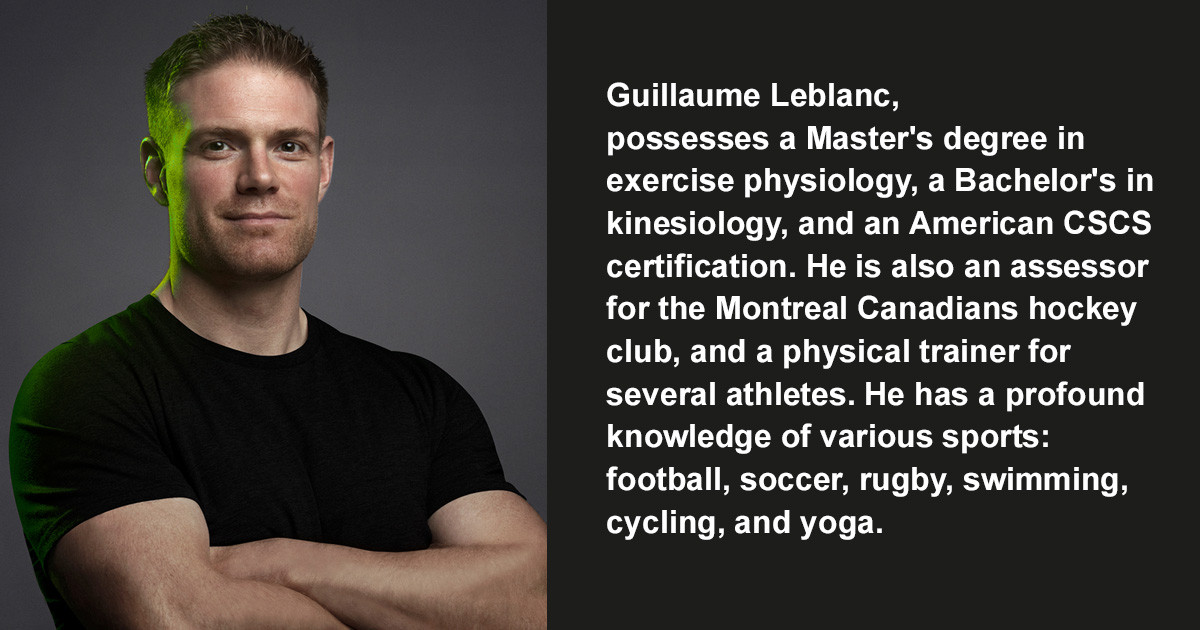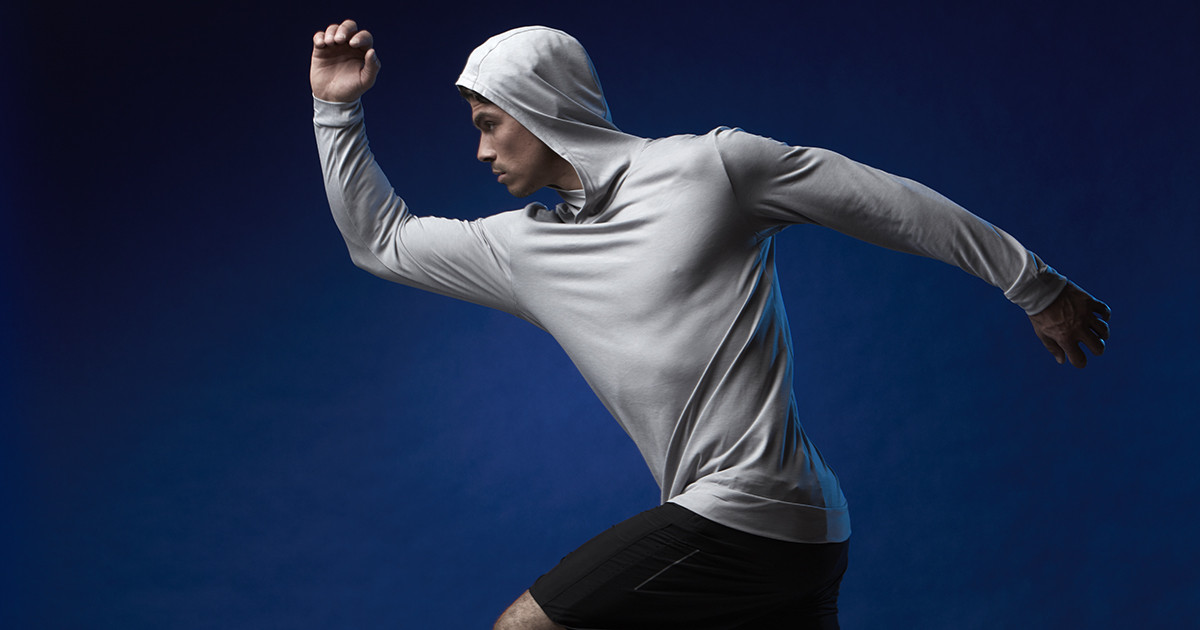Running 101. How to start on the right foot.

Running looks like child's play, but it involves more technique than you might think. It can even be difficult to know where to start. You have a lot of questions: What type of training should I do? Do I need to order a new pair of shoes online? Am I at risk of injuring myself? Should I download the Rocky soundtrack?
GO STEP-BY-STEP
We know you have lots of good intentions and want to perform well as soon as you start running. But it's important to be patient with your training progress in order to reduce the risk of injury and to keep the desire to run.
To start your season right, Studiogym has prepared two running training plans. Their objectives are to be able to run up to 15 minutes and 30 minutes continuously and without pain. They are perfect for beginner, but also good for intermediate runner who restart running after an injury or after a long stop.
You'll
notice that the training sessions consist mainly of short segments of exertion
(interval training) and continuous training. To learn more about
the basics of these two types of cardiovascular training, you can consult the
following article:
GETTING STARTED
Here are
two good habits to develop and a tool to help you through the program:
1- Always start with a warm-up before your training session. Performing dynamic stretches as a warm-up will stimulate the nervous system and prepare your muscle groups for exertion. They’re essential in order to reach your full potential during training.
2- Take a rest day between each training day.
3- For the intensity of your workout, refer to the following breakdown:
- Low intensity [1] - 30-50% of your MAX HR.
- Average intensity [2] - 50-70% of your MAX HR.
- High intensity [3]- 70-90% of your MAX HR.
YOU ARE READY?
Here is the link for the running programs to successfully complete 15 minutes of continuous running:
If you are ready for the next level, here is the program to go from 15 to 30 minutes without stopping.
Should I buy a new pair of shoes to start my training off well?
Yes and no. You should definitely have a pair of running shoes that supports your feet well during your workouts. But it's not necessary that you spend a lot of money on a pair of shoes that may not be right for you. In fact, scientists have shown that many runners have poor running technique and that shoes are rarely the solution to a running problem.
In our opinion, it may be very useful to have a health professional complete a biomechanical evaluation of your running form. This assessment will allow you to understand the shortcomings of your form, but also help you to find the ideal shoes for you.
However, in the context of the current isolation, it may be more difficult to turn to this solution.
Basic advice to keep in mind as you run:
- Make sure your knees do not extend beyond your feet
- Make sure your knees are aligned with your feet
- Try to take small strides
- Keep your torso straight and your abs engaged

Of course, if an accredited podiatrist has already evaluated your posture, it's advisable that you keep your orthopedic insoles for your workouts.
TAKE THE TIME TO BREATHE
Taking in fresh air is good for you, but it can also help you run better. Some studies show that 20% of the energy expended during running is spent by the respiratory muscles. This finding may explain the fact that less experienced runners often become short of breath more quickly due to poor breath support. So your breathing has to be efficient if you want to take full advantage of your outing.
How do you do it? Here are some tips:
- Use both your nose and your mouth when inhaling. Use only your mouth to exhale, making sure to let out as much air as possible to get rid of all your carbon dioxide.
- If you're familiar with diaphragmatic (or belly) breathing, use it to help you to take in more air.
- Keep your breathing in rhythm with your strides. Example: I take three steps to inhale and one step to exhale.
- Breathe calmly even when you change intensity.
- Try to keep good posture (straight back) throughout your run.
- The most important thing is that you feel comfortable and relaxed while you run.
WHAT DO I DO AFTER TRAINING?
Netflix & chill!
Wait a minute! After a training session, it's important to stretch before anything else. Stretching will allow better muscle tissue recovery, which again will limit the risk of injury during physical activity. In addition, it will improve muscle strength, promote better posture, and reduce muscle soreness after intense muscular exertion.
What about the Rocky soundtrack?
Oh yeah. Well, everybody has their own musical tastes. It's certainly not required in order to run well, but it might motivate you!


